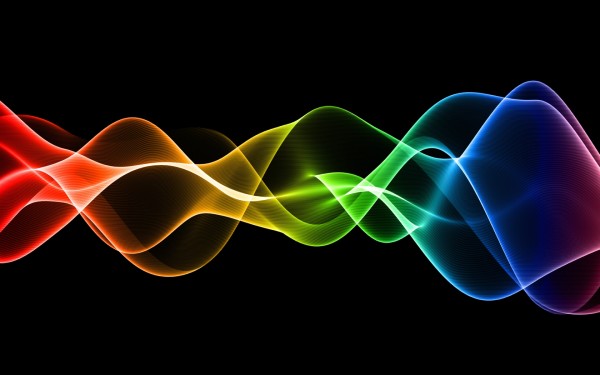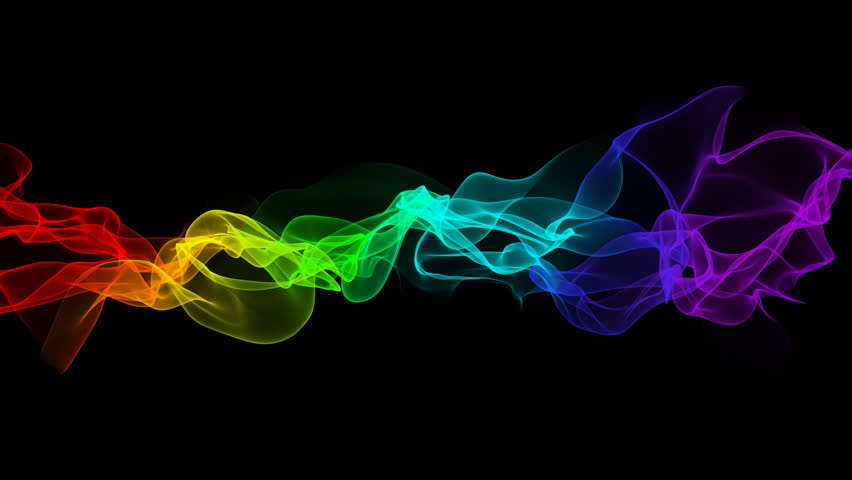n
A belated Happy New Year to everyone! I hope the holidays provided some much-deserved quality time off with family, friends, and most of all solo down time. This is the time of year when people tend to make resolutions about various things including health, saving, being on time, etc. However, I don’t make New Year’s resolutions. In the past I’ve found that any resolutions I make are quickly forgotten after, causing needless pseudo-guilt and moments of almost sort-of pretending to feel bad.
Instead, I like the idea of “course corrections,” or minor tweaks in habit that over time lead to considerable changes. Course corrections can be very effective. How effective? Would we even know about the Titanic if the ship’s direction had been changed a mere three-degrees a few hours before its fatal meeting with an iceberg? Doubtful.
But my New Year’s post is not about resolutions or course corrections. I will leave that to you. This post is about two completely disparate ideas that will shortly collide in meaningful fashion.
The first idea: according to behavioral scientists, most of the human race, as in over 93%, is visual-dominant internally. That means most of us think in pictures and movies.
The second idea: in wine, structure matters. In this context structure means the levels of acidity, alcohol, phenolic bitterness, and tannin in a given wine.
Structure is important; it’s the essence of any wine–its very bones and sinews. Structure is how a wine physically presents itself to us when we taste it. Without it there are no dots to connect when we taste. And if called for, any sense of logic needed to make a meaningful conclusion is non-existent.
No surprise that a professional taster has to be able to quickly, accurately, and consistently judge structural levels in any wine. But this is no easy task. In fact, it’s a challenge for most people. Why? Because it’s difficult to put a quantity on the degree of a physical sensation (as in sour or bitter), much less to be sensitive to it being present in the first place. Given all that, how can one become proficient at assessing the degree of said structural elements?
Back to the premise of this post and the delightful (and useful!) confluence of the two ideas above. The sum total is this: we represent a great deal of the internal tasting experience visually. Smell and taste memories are indeed images and movies that we experience and catalogue over a lifetime. However, precious few people are aware of the internal visual aspect of wine. This simply because it requires one to simultaneously be aware of the experience and the process. A guide of sorts is required to help one become aware of what they already do naturally. Had I not worked with such a guide–a behavioral scientist–ten years ago, I wouldn’t be writing about any of this.
Structure is no exception to the internal visual rule. In fact, it’s the key to being consistent with it. To point, in conversations and interviews with colleagues and students over the last decade, I’ve found that with very few exceptions, all of us use internal scales or dials to visually calibrate structure levels.
Personally, I use an internal scale that resembles an old slide rule that’s positioned several feet out in front of me at eye level. Yes, I know that you’re thinking. That’s more than a bit strange. But stay with me. The scale is about four feet long with marks for low, medium-minus, medium, medium-plus, and high that correspond to similar marks on the deductive tasting scale. A red button of sorts is positioned on medium in the middle of the scale. When I taste for structure (be it acidity, alcohol, or whatever), I watch the button as it moves until it stops at the appropriate mark on the scale that matches what I’m tasting/sensing in the wine.
For example, if I’m tasting a wine to gauge the level of acidity, I watch the button on the scale move to the appropriate mark. Then I internally point to the mark and say (internally) “it’s medium-plus acid,” or whatever the level happens to be. If I’m not quite sure about the accuracy, I can bring the scale in closer to me and more, smaller increments on the scale appear as it gets closer.
Low – Medium-Minus – Medium – Medium-Plus – High
Now place a red dot or button squarely in the middle of “Medium.” Next, slide the button sideways to the left to “low.” Reset the button on “medium.” Now slide the button to the right on “high.” And reset the button on “medium” again. Got it?
Now it’s time to create your own personal scale, dial, or whatever design works best for you. It goes without saying that if the above scale/design doesn’t work for you, create something else; a dial or different kind of scale. Remember, it’s your internal IMAX theater. You can design whatever works best for you. Once you’ve settled on a design, put markers on it for all the levels: low, medium-minus, medium, medium-plus, and high. Then put a brightly-colored button of sorts on the medium marker that can move over all the levels as needed.
Calibrating Your Scale with Extremes
Now that you have your internal scale, taste wines in pairs for extremes: lower vs. higher alcohol, acid, tannin, and phenolic bitterness. As you taste the wines, match your internal scale to the level of acidity (or other structural element) that you’re tasting. You can also confirm structure levels by using internal auditory. For example, when tasting for alcohol with your scale, you can also say (inside voice, please), the alcohol is high or whatever the appropriate level. Here are some suggested pairs of wines to taste that will show extremes in structure.
- Acidity: Alsace Gewurztraminer vs. Clare Valley Riesling
- Alcohol: Mosel Kabinet Riesling vs. Central Coast Viognier
- Phenolic bitterness: Chablis AC vs. Alsace Gewurztraminer
- Tannin: Beaujolais Villages vs. Barolo/Barbaresco
Once you’ve calibrated the extremes for structure you can quickly branch out to find “Medium” and then “Medium-Minus” and “Medium-Plus.” With some practice, tasting for structure using internal visual will become easy and something you do automatically. And that’s a very good thing.
Other Scale Applications
Are there other possible uses for an internal scale or dial? That’s a good question. Now I’m going to go completely Marin County on you. If we can use an internal visual scale—as in the one for structure we’ve invented above–how else could a scale/dial be useful? What else could we use it for? For me, the first thing that comes to mind is an internal sense of time or timing. Or to represent the intensity of a feeling—be it emotional or physical. There’s a lot to explore here but start with the basics of tasting and structure. You’ll be glad you did.
Salud!
nn

